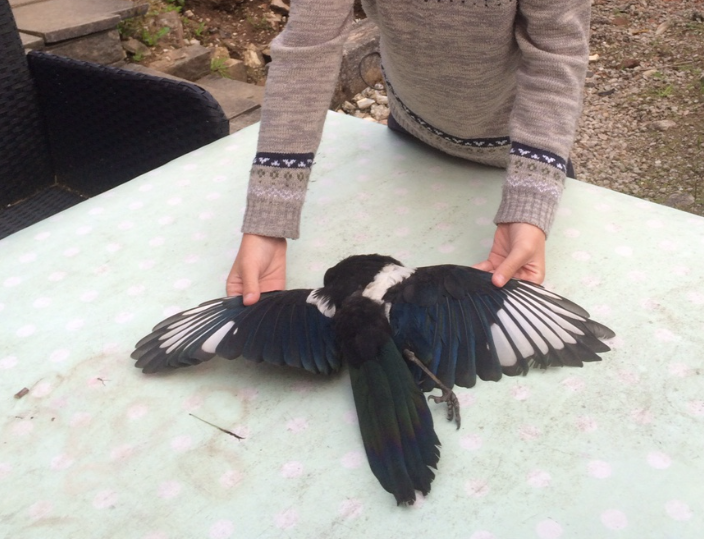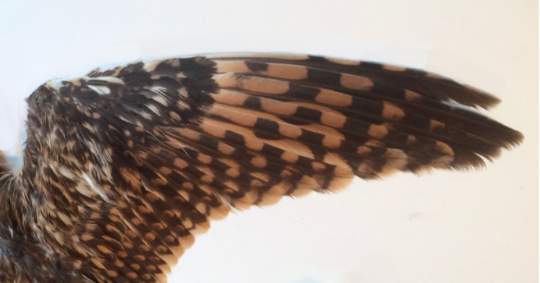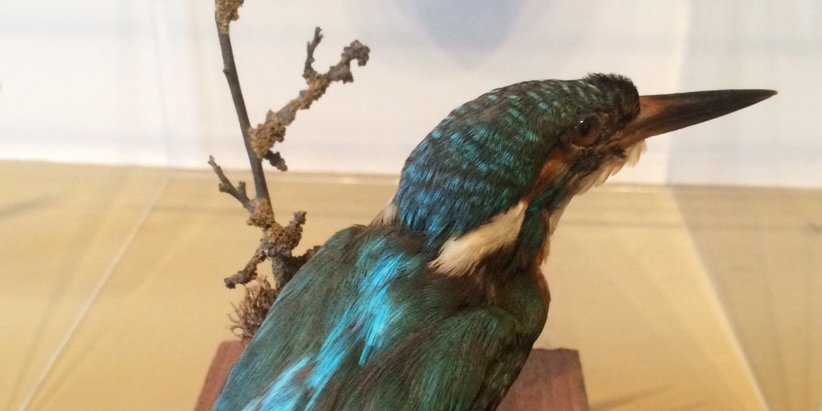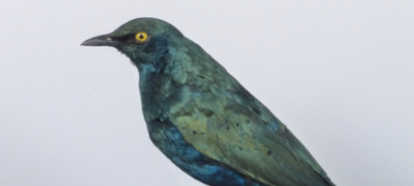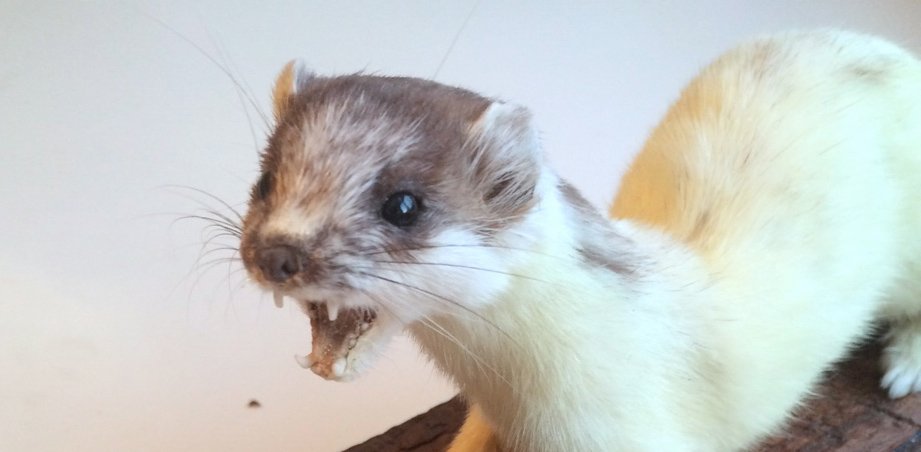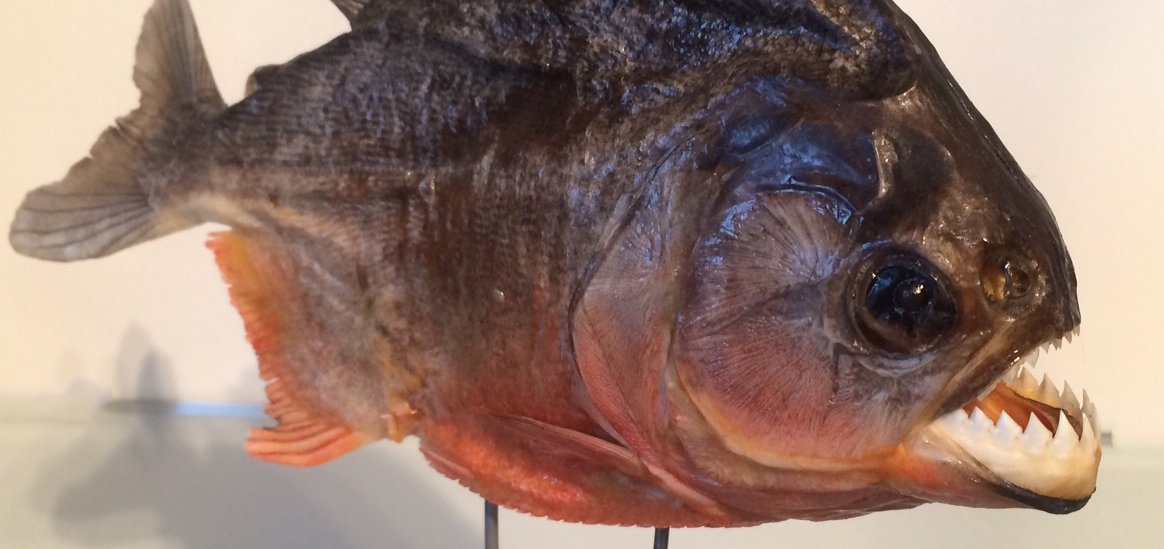MY COLLECTION
-
Water rail
For my birthday, I acquired a new item in my collection, a taxidermy water rail. It if from the same person who did my painted snipe and azure-winged magpie. I first saw a water rail this year at Attenborough Nature Reserve, and was very lucky too, as they are one of the most elusive birds in the UK. They are related to corncrakes, and birds such as the little or baillon’s crakes, which are occasional visitors to the UK, the corncrake being resident but very rare. Water rails are dumpy waders, with long beaks and legs, and a short, buff-coloured tail. Part of their underbellies are barred black and white, the…
-
Painted snipe
A couple of months ago, I bought a taxidermy painted snipe with my pocket money. It came from the same taxidermist as the stoat and wood mouse. This type of snipe is native to Africa. Mine is a female of the species, and though maybe not as colourful as the male, it is still very pretty. It isn’t a very large bird, but quite dumpy with a long beak that is slightly curved down at the end. It has a light gold eye-stripe, long legs, beautiful mottled brown-gold wings, a white underbelly and a short golden tail. I think it is one of the best items in my collection.
-
Brambling
For Christmas, I got a lot of things, including a new addition to my collection, a brambling. We got it from the same taxidermist as the person who did my stoat and azure-winged magpie. Bramblings are related to chaffinches, which are resident all the year round in the UK, and extremely common, but bramblings are only visitors in the winter. They have orange breasts, and a mottled black cap on their heads, which the females don’t have at all in winter but have in the summer, when the males of the species have a very prominent black head.
-
Ringed knot bits
In January, we went to Snettisham in Norfolk, where we acquired a lot of interesting items to my collection, including a ringed knot. A knot is a small, dumpy wading bird that comes to the east coast in its millions in winter, but I think we were a bit too late to see the gigantic flocks. The ring number of this knot was SR19614 and we managed to save the wings, the feet and the skull. We sent the details for this knot to the BTO(British Trust for Ornithology) The bird was ringed my the Wash Wader Ringing Group aged at least two years, sex unknown on 11th February 2012 at…
-
Magpie bits
Pica pica, the devilish, jewel thieving crow, from a group of avians that have been classed as the birds of ill omen. Its absolute junk. When you observe a magpie close up you’ll realise it has got to be one of the most iridescent and beautiful birds we have. My mummy picked this young one up on the road on the way to work. We’ve managed to save its tail, skull, legs and wings. For me the tail is the most amazing because the purples and blues and greens show up better than on the wings. It has also been the quickest skull we have ever prepared, but when it was knocked down…
-
Short-eared owl bits
In January when we went to Snettisham in Norfolk, we found a dead short-eared owl washed up on the beach. We took it back home and we’ve managed to save both the wings, the feet and the skull. The skull is wider than a crow’s but not as long, as the beak is not as long, but hooked over instead. The wingspan of this owl was around 100cm, as each wing was about 47cm. This is the 5th commonest breeding species of owl in the UK, at up to 2000 pairs. They are one of the two species of moorland owl in Britain, along with the barn. They are also…
-
Strange things happening in my collection……
-
Getting carried away
Getting carried away……. with my collection! This is my taxidermy stoat being carried off by a buzzard’s talons! It doesn’t look too pleased about it either!
-
Wood mouse stunned by stoat
This little beggar’s looking a bit stunned, ain’t ‘e? Well that’s because his arch enemy, the stoat, is staring right at him a with a gaping mouth… In real scenarios, the mouse would have either been eaten by my stoat or scampered away. If you scroll down, you see why this little fella’s scared. Why the hell did he even put ‘is little cute face in front of this apex predator?!!!?? Well, the simplest explanation is that he’s died happily of natural causes and we’ve bought him from a taxidermist and put him there.
-
Fox, fish & talons
-
Common kingfisher
Two weeks ago, I bought a common kingfisher with my pocket money. On the twig it’s sitting on, it says Alsedo ispida, which must have been its latin name at the time because now in latin the kingfisher is Alcedo atthis. It is the smallest bird that is not in my case. I think it’s in the best condition for its age. In Britain, we only have this type of kingfisher, the common or little blue, but their have been relatives of kingfishers, such as the bee-eaters that nested in Cumbria. Mine has a very large beak, and for its size it has the largest beak of all the birds on…
-
Red-bellied piranha
When mummy and daddy went to Ireland, they brought back presents for me and Redwin. I got a taxidermy red-bellied piranha that Tom, my mummy and daddy’s friend, sent for me. I have only one taxidermy fish and that is the piranha. Piranhas are native to the Amazon Basin in Brazil. They are vicious fish, and will eat water birds like herons and egrets, peccaries and other wild pigs, and even young caimans, the South American equivalent to the alligator. Piranhas can only take prey many times bigger than themselves because they work together. They usually take wounded animals because large mammals such as peccaries would be too big and strong if…
-
Chinese hawfinch
Recently, I spent some of my pocket money on a Chinese hawfinch, a bird also known as a Chinese grosbeak. It looks a bit like our female bullfinch as it has rusty red underparts. Like all finches, it has quite a large bill for cracking open seeds and nuts. Also it is similar to a bullfinch in size, and quite a bit less chunky than the European hawfinch I’ve got in my case. It has a dark black cap, a pale brown chest with orangey-brown underparts, a pale brown back and a black and white tail. The same seller had a crow like bird called a grey currawong but I thought…
-
Flame minivet
As well as a stoat and a lesser blue-eared glossy starling, I got a female flame minivet. It is yellow on its front and has grey on its head and back. It is from the same person who did the campo tropial and the white-throated kingfisher. The minivet is related to shrikes and in the wild they eat small mammals and large insects. They are called flame minivets because the males are a bright orange. Like a shrike it has a slightly hooked beak and a quite a long tail. Unlike shrikes which live in Europe and northern Asia, minevets live in southern Asia. The smallest species of minivet is…
-
Stoat
For Christmas this year, I got a stoat along with a lesser blue-eared glossy starling and a flame minivet. The stoat only had a bit of its summer coat left, with a bit on the back of its neck and tail. I’ve put it snarling next to my ocelot on my shelves and it looks as if it thinks it’s as scary as the fox-sized animal! It came from the same person who did the azure-winged magpie. It is new and has quite a small wooden base. It’s nearly completely white, so it’s known as ermines instead of stoats. It was probably either knocked down on a road, died naturally or…
